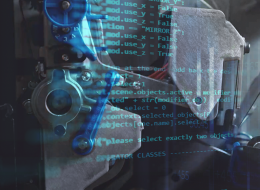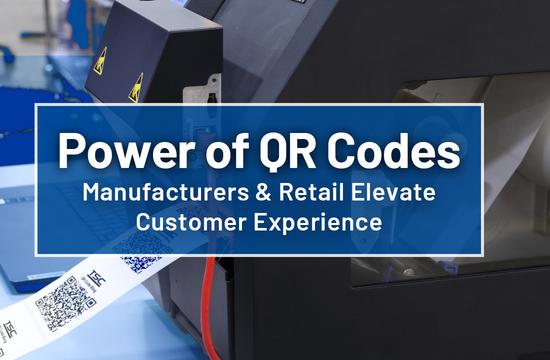Manufacturing
Automotive
1429
/en/blog/automotive
Barcode Inspection
418
/en/blog/barcode-inspection
Cannabis
1430
/en/blog/cannabis
Company News
415
/en/taxonomy/term/415
Events and Tradeshows
1421
/en/blog/events-and-tradeshows
Food & Beverage
1426
/en/blog/food-beverage
Healthcare
1425
/en/blog/healthcare
High Resolution
414
/en/blog/high-resolution
Industry Trends
1419
/en/blog/industry-trends
Manufacturing
1424
/en/blog/manufacturing
Mobile Printing
1420
/en/blog/mobile-printing
Partner Perspectives
1461
/en/blog/partner-perspectives
Remote Printer Management
1432
/en/blog/remote-printer-management
Retail
1423
/en/blog/retail
RFID
416
/en/blog/rfid
Software Solutions
1433
/en/blog/software-solutions
Standalone
419
/en/blog/standalone
Supplies
417
/en/taxonomy/term/417
Supply Chain
1463
/en/blog/supply-chain
Tips & Best Practices
1431
/en/blog/tips-best-practices
Transportation & Logistics
1422
/en/blog/transportation-logistics
Warehouse & Fulfillment
1427
/en/blog/warehouse-fulfillment
Linerless is emerging as a favored labeling solution. Whether in retail, logistics, healthcare, or beyond, enterprises are seeking a greener, more efficient labeling experience. Dive into our ultimate Linerless Q&A guide below to help you make informed decisions on sustainable and streamlined labeling.
Sustainability has emerged as a pivotal factor across numerous industries, driven by environmental protection and shifting consumer tastes. Businesses are progressively directing their attention towards sustainable strategies, encompassing endeavors like minimizing carbon footprints, embracing eco-conscious materials, and integrating circular economy concepts.
As the world economy has decelerated since 2021, job markets in OECD countries remain strained.
Increasing demand for industrial printers is propelled by automation in manufacturing, traceability regulations in the food and beverage sector, hybrid retail strategies, e-commerce-driven logistics growth, and a heightened safety emphasis in healthcare, according to VDC Research.
Understanding inventory location is the key to a strong supply chain and Just-in-Time (JIT) manufacturing execution.
In this next edition of our TSC Auto ID Blog Series “Rev Up Savings,” we tackle Just In Time manufacturing for the automotive industry.
QR codes link buyers and sellers, enabling a conversation about a variety of specific product information. They offer an inexpensive way for manufacturers and factories to place relevant data on their products and packages before they arrive at a retailer or distributor.
Say goodbye to the frustrations of unscannable barcodes. ODV-2D technology from TSC Auto ID, an innovative barcode inspection print system, ushers in an era of operational efficiency and supply chain precision.
Printer management is necessary for the proper functioning and completion of print jobs. Tasks such as printer configurations, condition monitoring, and troubleshooting are essential. However, managing printers, especially on a large shop floor or printer fleet, can be challenging. That’s why real-time remote management is a vital aspect of printer management as it allows for printer control from anywhere on the premises.
When you purchase apparel items, you will notice they always come with a hang tag and a care label.
The world of asset tracking is constantly evolving, and RFID (Radio-Frequency Identification) technology is leading the charge. While traditional RFID tags have served us well, there's a new breed specifically designed for a specific challenge: metal surfaces.















































